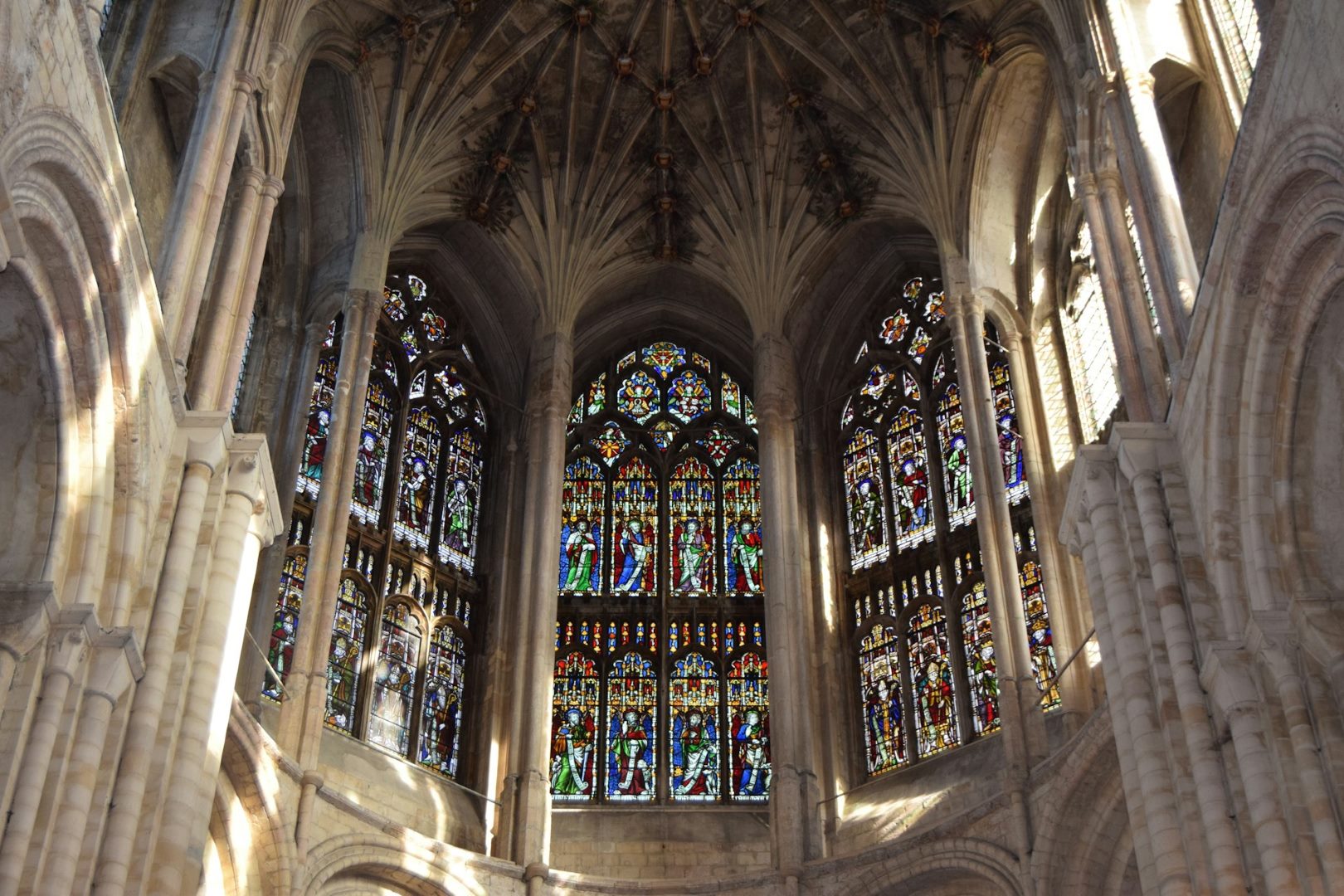Introduction
The story of Lazarus is a captivating account woven into the fabric of biblical history. It is a poignant narrative that stirs emotions, raises profound questions, and reveals the transformative power of faith. This blog post will delve into the depths of Lazarus’s extraordinary journey from death to life, exploring its historical context, theological significance, and enduring impact throughout the centuries.
Lazarus: A Life Interrupted
Lazarus, a friend of Jesus, resided in Bethany, a village near Jerusalem. The Gospel of John (11:1-44) vividly recounts the events leading to Lazarus’s demise. He fell gravely ill, and his sisters, Mary and Martha, sent word to Jesus, who was teaching in a distant land. However, Jesus did not immediately rush to Lazarus’s aid, a decision that tested the faith of his companions.
Delay and Divine Purpose
Jesus’s delay perplexes many readers. He had previously performed numerous miracles, even raising the daughter of Jairus from the dead (Mark 5:21-43). Why, then, did he not hasten to Lazarus’s bedside? The Gospel of John suggests that Jesus’s delay was purposeful. It was an opportunity for his disciples to encounter the full spectrum of emotions – grief, doubt, and ultimately, awe – in the face of life’s most profound mystery.
Confronting Death and Grief
As news of Lazarus’s death reached Jesus, he finally set out for Bethany. Upon his arrival, he found Mary and Martha overcome with sorrow. Their words echoed the pain of all who have experienced the loss of a loved one: “Lord, if you had been here, our brother would not have died” (John 11:21, 32). Jesus’s response to their grief was one of profound compassion and empathy.
A Shared Human Experience
The story of Lazarus reminds us that death is a universal human experience. It is a time of profound sorrow and questioning. Jesus, too, experienced the pain of losing a close friend. His interaction with Mary and Martha demonstrates that he fully understands the depth of human grief.
The Miracle of Resurrection
After comforting Mary and Martha, Jesus approached the tomb where Lazarus had been laid to rest. The scene was filled with tension and anticipation. With a loud voice, Jesus commanded, “Lazarus, come forth!” (John 11:43). To the astonishment of all gathered, Lazarus emerged from the tomb, bound in burial cloths.
Witnessing the Divine
The resurrection of Lazarus was a pivotal moment in Jesus’s ministry. It was an irrefutable demonstration of his divine power and authority over life and death. Those who witnessed this miraculous event were transformed. Their faith was strengthened, and their understanding of Jesus’s true nature deepened.
Theological Implications
The resurrection of Lazarus holds profound theological significance. It foreshadows Jesus’s own resurrection, which would ultimately triumph over death and bring eternal life to all who believe in him. The story also serves as a reminder of the hope and promise of eternal life for all who trust in God.
A Bridge to Eternity
Lazarus’s journey from death to life mirrors our own spiritual journey. We are all born into a world marked by sin and mortality. However, through faith in Jesus Christ, we can experience the transformative power of resurrection and gain eternal life. Lazarus’s story serves as a bridge between the temporal and the eternal, reminding us that death is not the end but a passage to a greater reality.
Historical Context
The story of Lazarus is set against the backdrop of ancient Jewish culture. In the first century, tombs were typically caves or rock-cut chambers located outside the city walls. Burial rituals involved anointing the body with spices and wrapping it in linen cloths.
Tombs and Burial Practices
The Gospel of John provides vivid details about Lazarus’s tomb. It was a cave sealed with a large stone, indicative of the common burial practices of the time. The fact that his body had been wrapped in burial cloths for four days suggests that decomposition had already begun, reinforcing the miraculous nature of his resurrection.
Symbolism and Metaphor
In addition to its historical and theological significance, the story of Lazarus has also been interpreted through the lens of symbolism and metaphor. Some scholars see Lazarus as a representation of Israel, a nation that had been symbolically “dead” in exile but was resurrected through God’s intervention.
Interpretations and Insights
The symbolism of the tomb as a place of darkness and death, and the resurrection as a movement into light and life, has resonated with countless individuals throughout history. The story of Lazarus continues to provide a rich source of metaphor and allegory, inspiring art, literature, and theological reflection.
Enduring Impact
The story of Lazarus has had a profound impact on Christianity and beyond. It has been depicted in countless works of art, from paintings and sculptures to film and music. The themes of death, grief, hope, and resurrection continue to resonate with people from all walks of life.
Influence on Art and Culture
The resurrection of Lazarus has been a popular subject for artists throughout the ages. Famous depictions include Rembrandt’s “The Raising of Lazarus” and Caravaggio’s “The Incredulity of Saint Thomas.” The story has also been interpreted in literature, music, and even popular culture.
Conclusion
The story of Lazarus is a timeless tale that transcends cultural and religious boundaries. It is a testament to the hope and possibility that can emerge from the depths of despair. Lazarus’s journey from death to life serves as a reminder that even in the face of adversity and loss, faith can conquer the darkness and lead us to eternal life. The story continues to inspire, challenge, and bring comfort to people from all walks of life, reminding us of the transformative power of God’s love.



